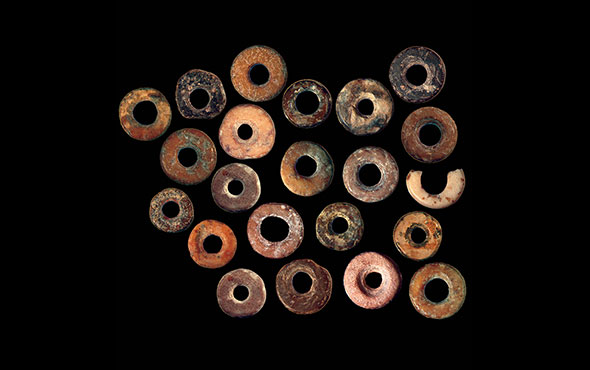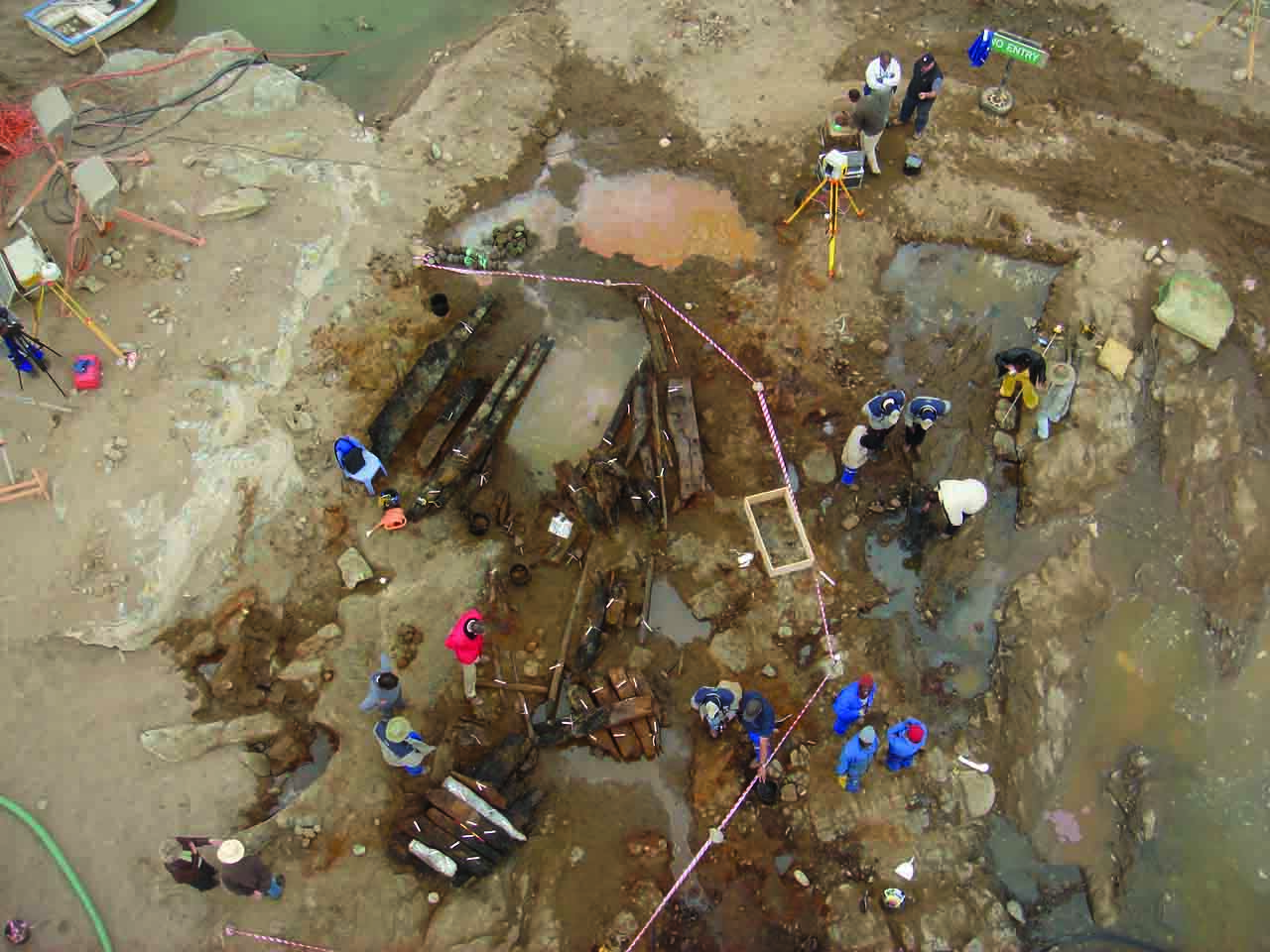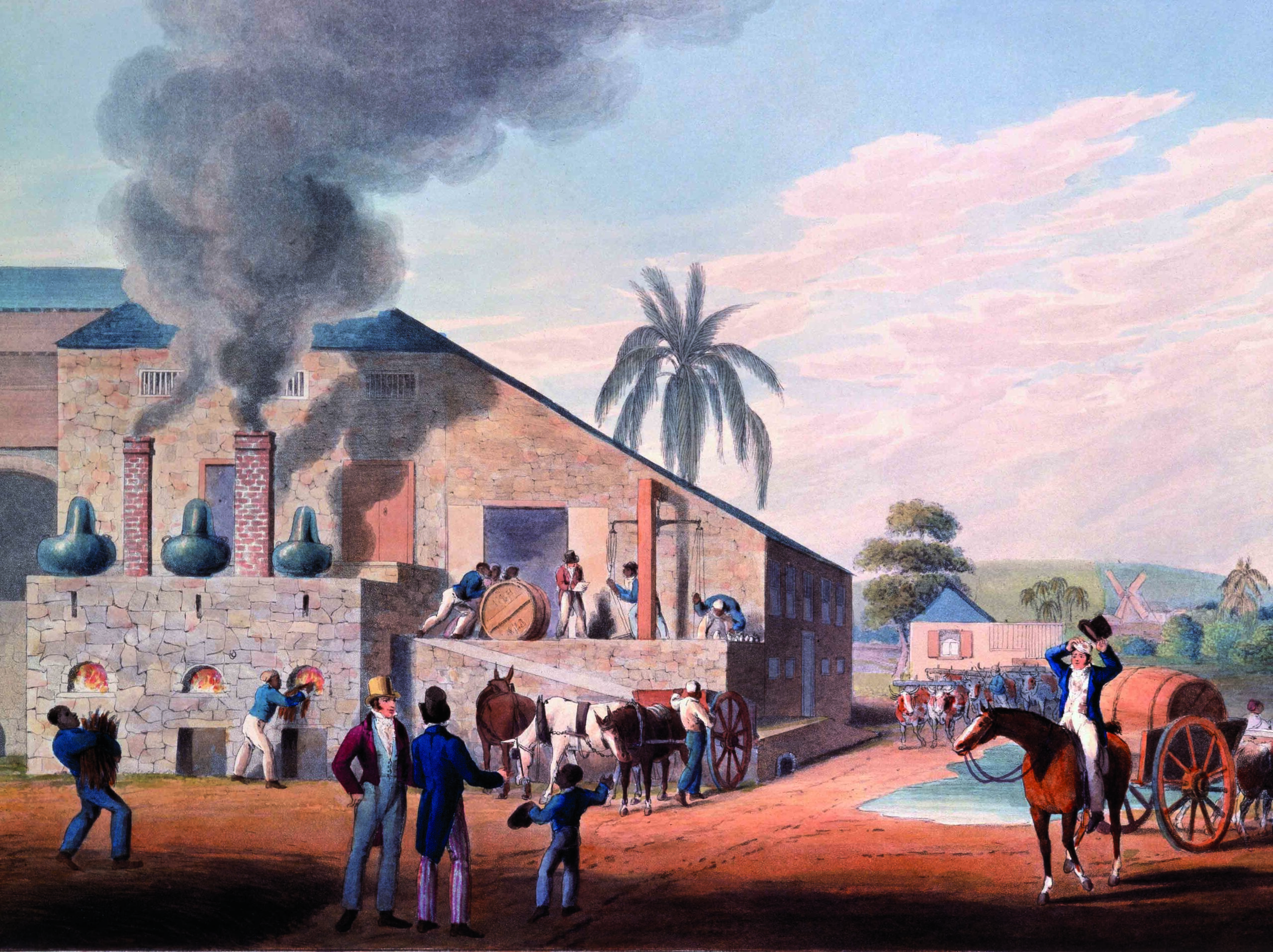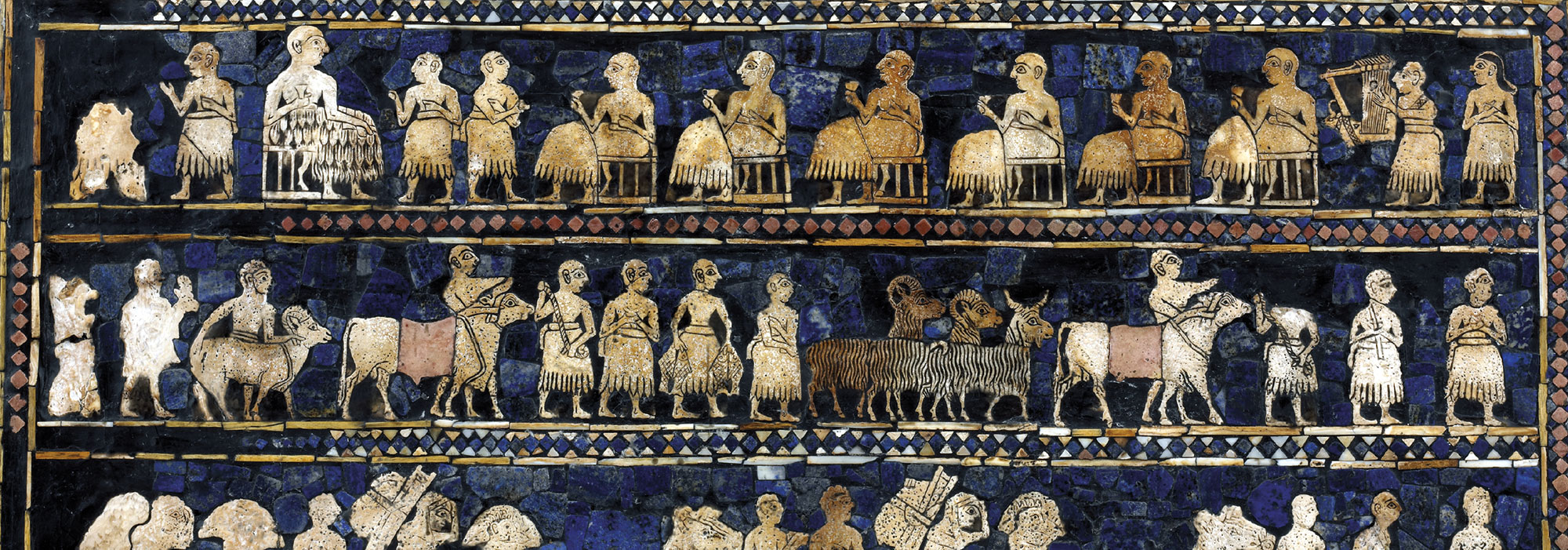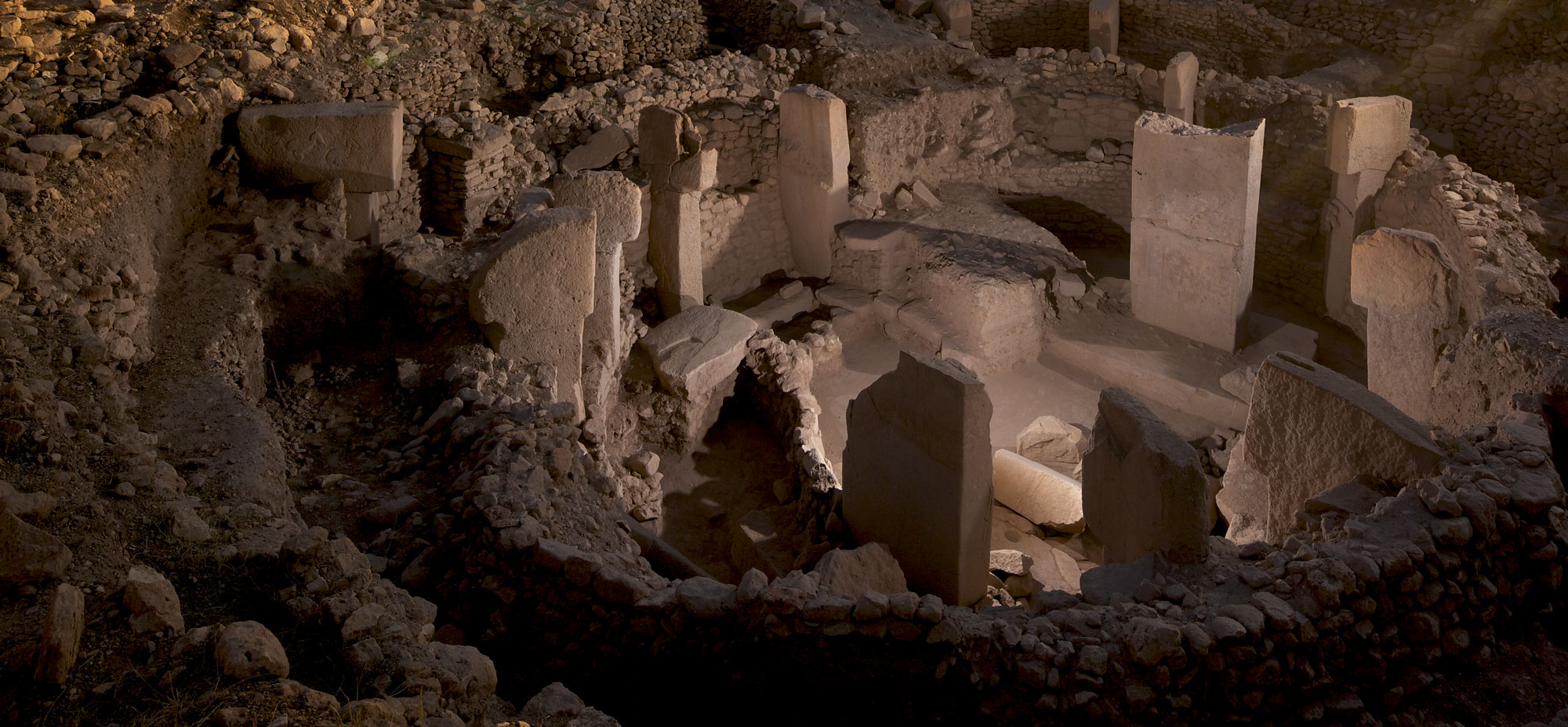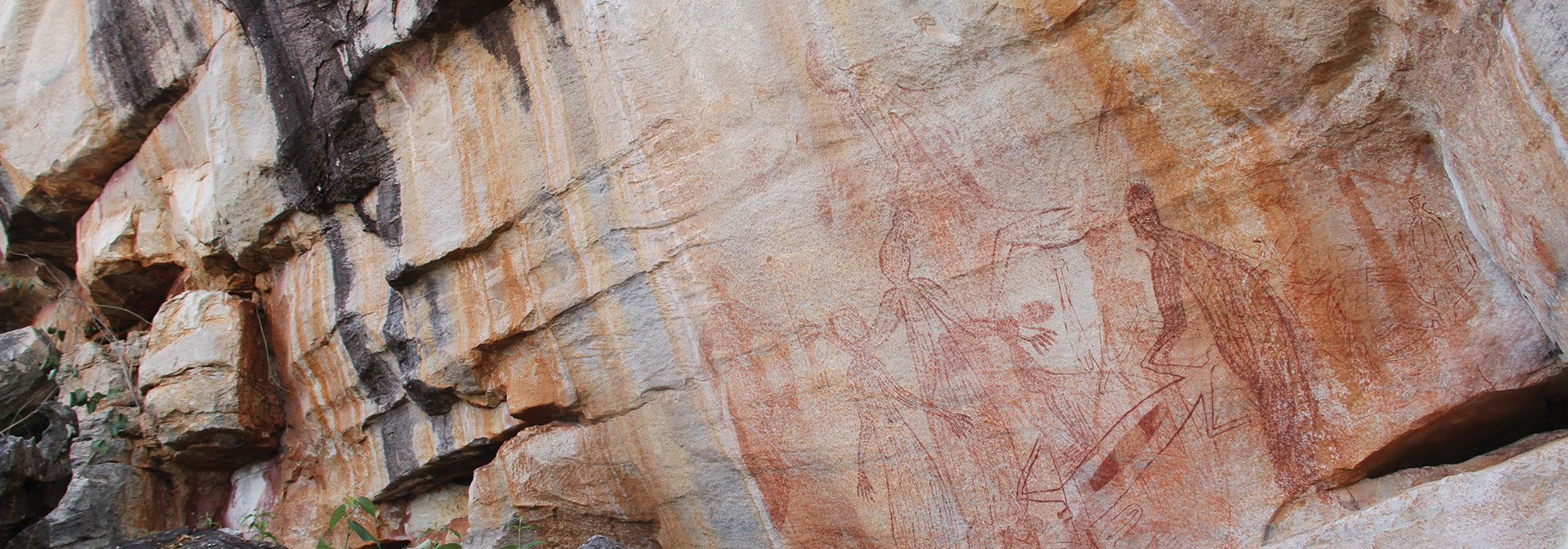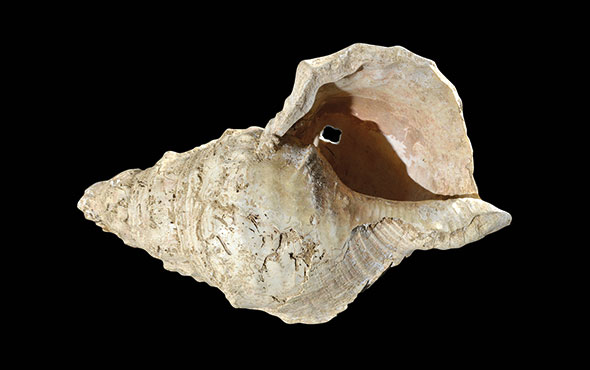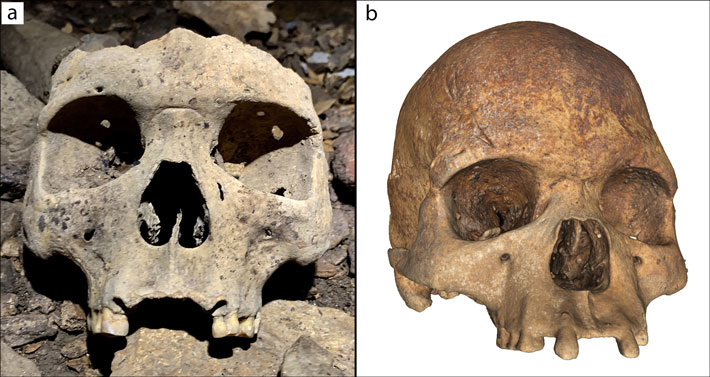
PARIS, FRANCE—According to a Live Science report, archaeologists Richard Oslisly and Sébastien Villotte of the French National Centre for Scientific Research (CNRS) and their colleagues mapped the interior of Gabon’s Iroungou Cave. Because the cave can only be reached through a vertical drop of 82 feet, the researchers employed photography and laser-scanning so that they could create a 3-D reconstruction of its four levels. They also collected samples from leg bones for radiocarbon dating, but left the remains in place. The study revealed that the complete remains of at least 24 adults and four children had been placed in the cave between the fourteenth and fifteenth centuries. The scientists noted that all of the intact upper jaws were missing their central and lateral permanent incisors, and that the tooth sockets had healed. Villotte explained that the removal of so many front teeth would have affected pronunciation and changed the shape of the face in a “highly visible” way, perhaps to identify members of a particular group. Bracelets, rings, axes, knives, marine shells, and pierced carnivore teeth were also found. “As this site is exceptional, and as burial rites are virtually unknown for pre-colonial Gabon, one can consider this discovery as the first piece of the puzzle,” Villotte concluded. Read the original scholarly article about this research in Antiquity. To read about a DNA study of the remains of enslaved individuals from West Africa who were taken to the Caribbean in the seventeenth century, go to "Finding Lost African Homelands."


